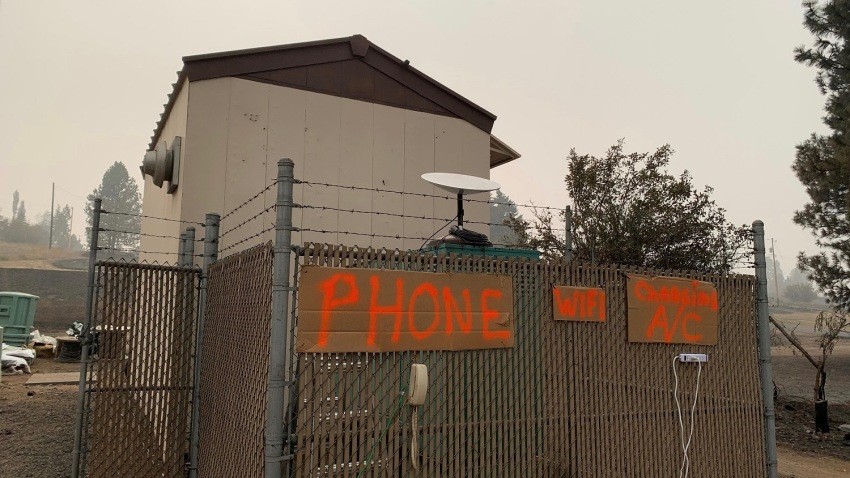Verizon announced another delay for its planned January 2021 3G cellular network shutdown, but time is probably running out for 3G. All the major cellular carriers are planning to shut down their 3G networks in the near future. With these impending shutdowns, your organization should have a plan in place to validate if wireless devices are still using 3G networks and be actively implementing a migration plan for any soon to be obsolete solutions.
Bill Menezes, director analyst at tech research firm Gartner said “Verizon’s decision to delay its 3G shutdown probably has less to do with mobile phone customers still using the network — which are likely few in number — and more to do with “internet of things” devices, such as smart utility meters and home burglar alarms that are still connected to 3G”. For the corporate market, SCADA, IoT, transportation tracking, and networking devices are the prime candidates for systems still using 3G technology. Network backup solutions, remote monitoring, and telematics solutions should all be reviewed to see if they are using 3G cellular connections. For network and communication managers special consideration may be needed for edge routers using 3G for WAN backup or out-of-band remote access as the obsolete 3G connection may not be apparent until a primary connection outage. Think about those CradlePoint routers you deployed to a branch office a few years ago with a 3G SIM card.
During a January 5th interview with the website “LightReading” Verizon spokesperson Kevin King was quoted as saying “our 3G network is operational, and we don’t have a plan to shut it down at this time.” This signals another delay in Verizon’s announced 3G shutdown plans, which had previously been announced for the end of 2019 and again for 2020. Verizon and other carriers stopped activating 3G devices in 2018 but many 3G devices are still operational in the field. In 2021, 3G mobile connections are expected to shrink to 5.7% of total cellular connections, but that still is more than 25 million devices in the US. This latest delay is only a reprieve for anyone still using 3G devices as the spokesperson clarified that Verizon is still planning to shutter the 3G network but has not announced the new date.
It is expected that the carriers will sunset their 3G networks rather than implementing complete shutdowns on a given date. A sunset strategy may see the carrier’s 3G network equipment decommissioned as it fails or cell towers are upgraded. The sunset strategy may help extend the time to move services to 4G networks but also means that many organizations may not notice their 3G devices are slowly failing and failure will be dependent on local 3G network availability. A failure of IoT, SCADA, and other devices using 3G networking could cause some nasty surprises for organizations and lead to emergency or unplanned equipment replacement and upgrades. Now is the time to prepare so you can identify what needs to be upgraded, get your budgets approved, and start the process of making the required changes and equipment updates.
AT&T’s website provides a February 2022 date for their planned 3G network shutdown https://www.att.com/support/article/wireless/KM1324171, while T-Mobile hints that they plan to sunset their 3G network but have provided no official announcement. T-Mobile’s website currently provides no information and no planned shutdown date.
Sources
“Verizon indefinitely delays 3G network shutdown”
By Mike Dano, LightReading, Jan 5, 2021
“When Will 3G Be Retired? Here are the Timelines for Verizon, T-Mobile & AT&T”
By Jess Barnes, Cord Cutters News, Aug 21, 2020
“Verizon delaying shutdown of its 3G wireless network”
By Clare Duffy, CNN Business, January 7, 2021
“3G Networks are Becoming Extinct”
Conklin, A., Yahoo Finance, March 26, 2020
Verizon Support Website
https://www.verizon.com/support/knowledge-base-218813/
AT&T Support Website
https://www.att.com/support/article/wireless/KM1324171
